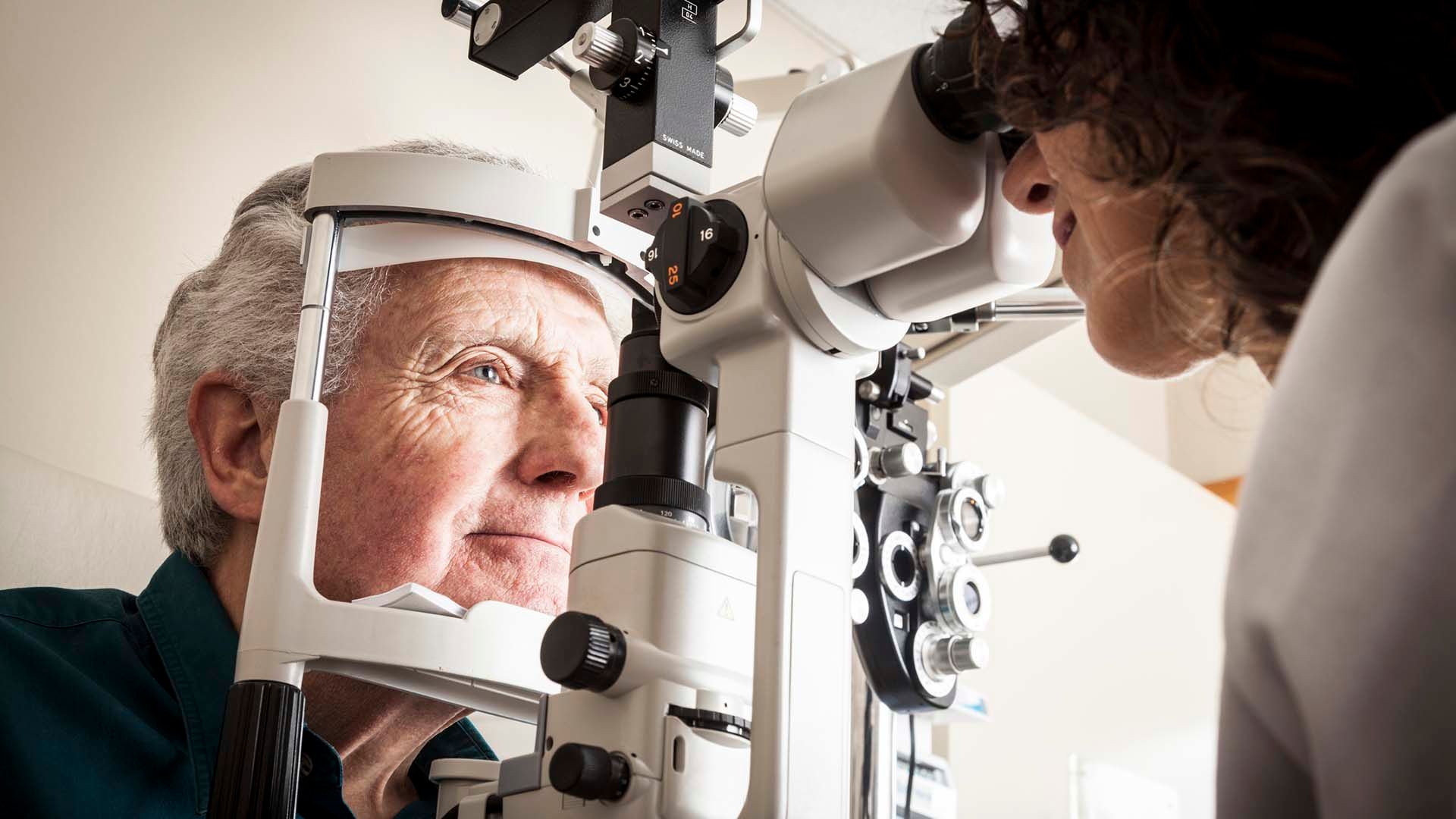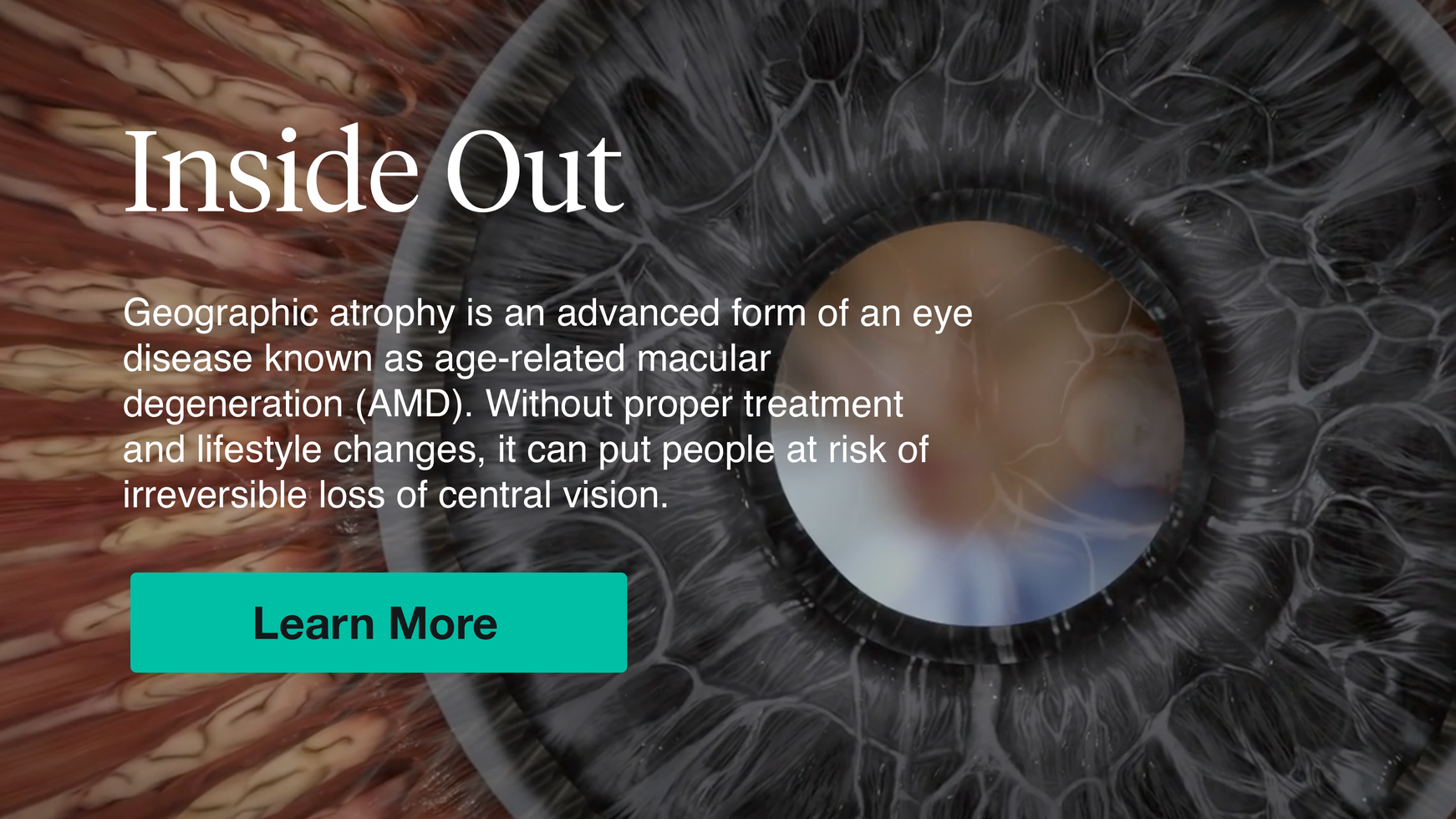Updated on March 28, 2024
Age-related macular degeneration (AMD) is an eye disease that impairs a person’s central vision. Central vision is the ability to clearly see what is directly in front of the eyes. A person with impaired central vision may have difficulty seeing words and images on a phone screen, recognizing faces, or performing any task that requires attention to detail.
AMD is common, and as the name implies, it is more common as a person ages. It is the most common cause of vision loss among people who are over the age of 50, and the risk increases the older a person gets.
In the earliest stages, AMD may not cause any noticeable symptoms, but it may have signs that can be found with an eye exam—which is one of many reasons a person should keep up with regular eye exams. In the advanced stages, AMD can cause noticeable central vision loss. As the disease progresses, vision loss can become more severe.
What causes AMD?
AMD can be classified into two categories, dry AMD and wet AMD:
Dry AMD is caused by the breakdown of cells in the macula. The macula is a dense cluster of light-sensitive cells located in the back of the eye. These cells, called photoreceptors, convert light that enters the eye to nerve signals that can be processed by the brain. (Keep in mind this is a simplified explanation of a complex process). The mechanisms that cause photoreceptors to break down in people who have AMD are not fully understood.
Wet AMD is also called neovascular AMD. Neovascular refers to the growth of new blood vessels. The eye can grow new blood vessels in response to injury or disease, but the new blood vessels do not function well, and can leak blood and fluid into the eye, causing further damage and vision loss. Wet AMD is an advanced stage of the disease. It occurs in about 10 percent of people who have AMD.
What is the advanced form of dry AMD?
In addition to wet AMD, there is also an advanced form of dry AMD called geographic atrophy. This occurs when there are large clusters of dead photoreceptors that involve the center of the macula (the fovea). The “geographic” in “geographic atrophy” refers to the appearance of the dead clusters of photoreceptors, which resemble geographic features on a map. These sections of atrophy tend to grow larger over time, causing more severe vision loss.
Are there treatments for geographic atrophy?
Until recently, treatment options for geographic atrophy were nonexistent. In 2023, the first medications for geographic atrophy became available in the United States. These medications are a type of drug called complement inhibitors and are given as injections into the eye.
These drugs work by reducing activity in a part of the immune system called the complement system. Geographic atrophy has been associated with abnormalities in the function of the complement system. Blocking specific activity in the complement system may help slow the progression of geographic atrophy.
People with geographic atrophy are also at risk for having wet AMD. A person with geographic atrophy may be prescribed vitamin supplements to help reduce this risk.
For information about treating geographic atrophy, your best source of information will be a healthcare provider.






